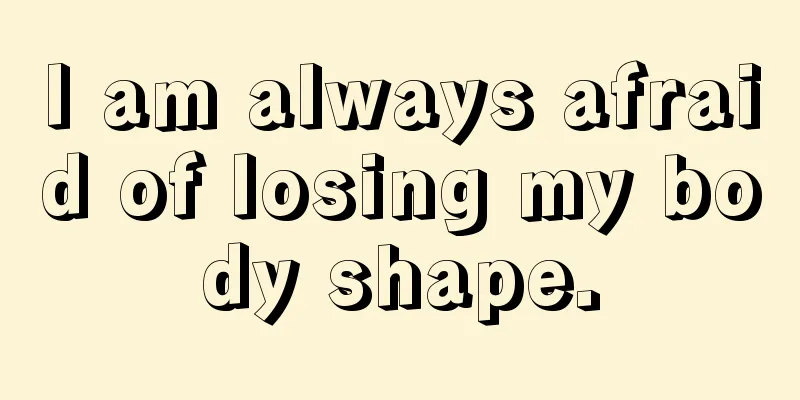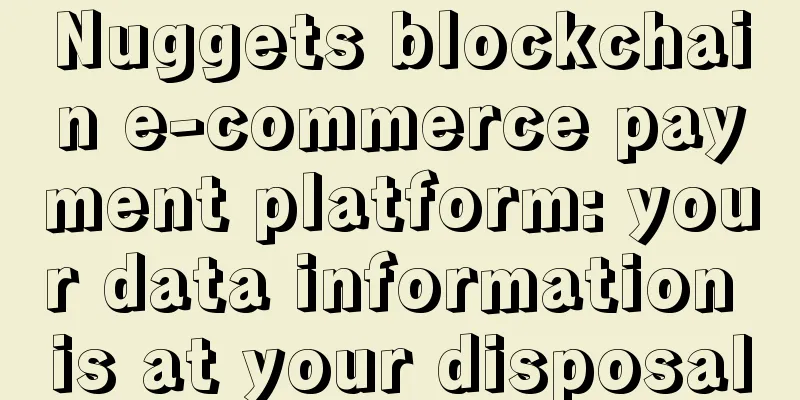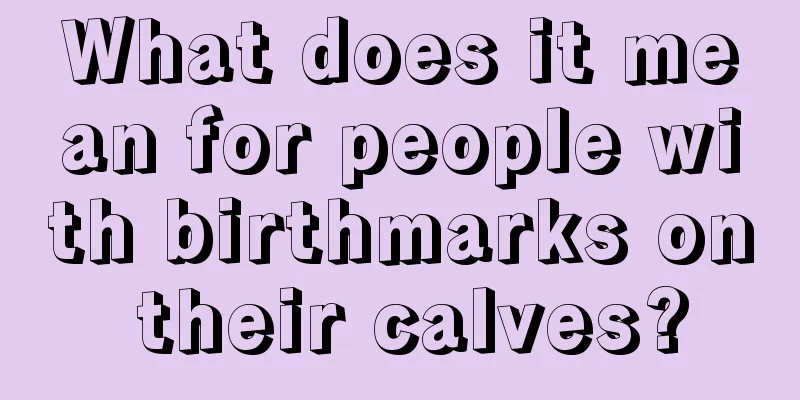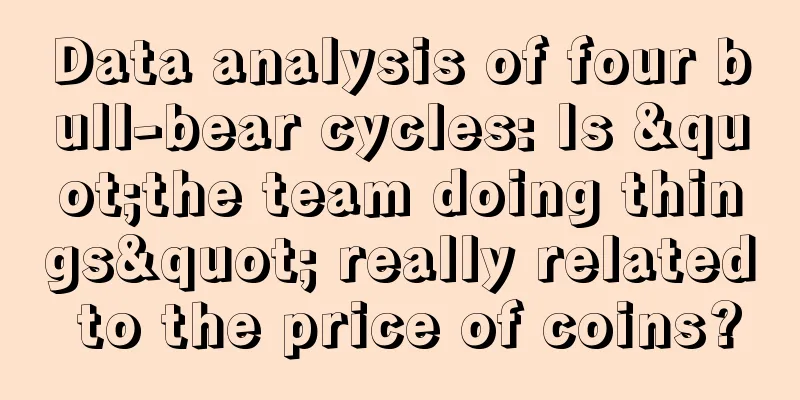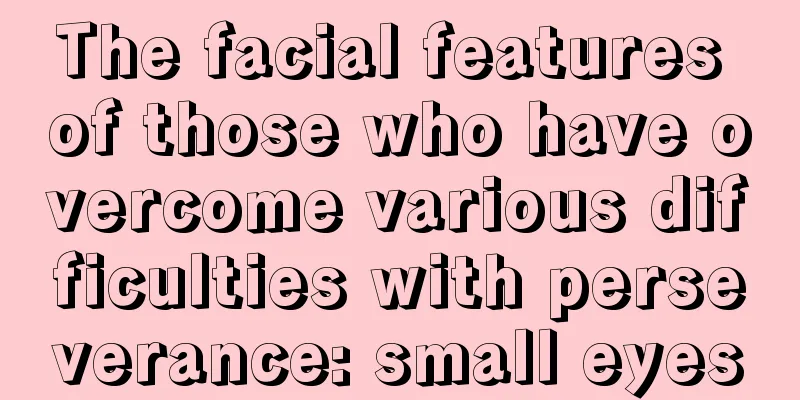Deng Jianpeng from Central Finance: Legal issues and responses for NFT
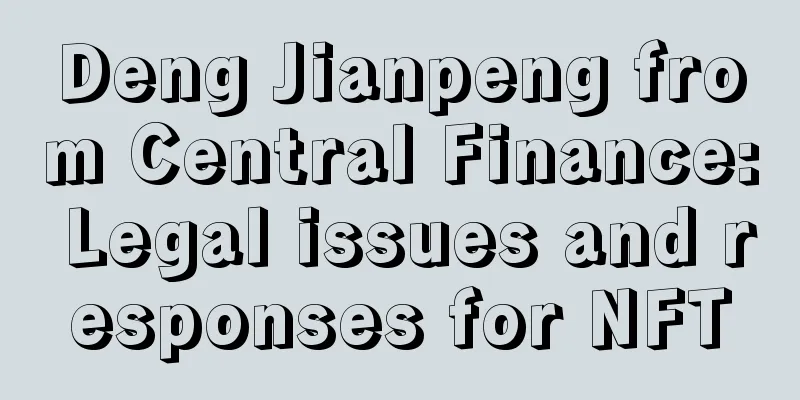
|
author | Deng Jianpeng (Professor of the School of Law, Central University of Finance and Economics, Director of the Financial Technology Rule of Law Research Center, and Doctoral Supervisor) Wu said blockchain authorized release 1. Characteristics and value potential of NFT Since 2020, non-fungible tokens (also known as Non Fungible Tokens, referred to as "NFTs" in the industry) have been in full swing in the field of digital works around the world. The so-called NFT is a virtual asset that is generated by a specific program on the blockchain platform and issued based on the on-chain technical standard protocol (such as ERC-721, ERC-1155, dGoods, etc.), which confirms the ownership and authenticity of digital works with the information recorded. In addition to the well-known public chain Ethereum, other blockchains such as FLOW, Polkadot and Tron have also begun to provide support for NFT projects in recent years. NFT is opposite to the concept of homogeneous tokens (such as Bitcoin). Its "non-fungible" feature makes each NFT different, with a unique digital identifier, recording personalized information such as NFT creation time and transaction records. Unlike homogeneous tokens such as Bitcoin, each NFT is unique, which makes NFT an excellent cutting-edge technology and new carrier for defining the ownership of different digital works, proving their authenticity and reflecting their scarcity. NFT records the ownership information and transaction process of the mapped digital works, which helps to solve the long-standing problems of unclear ownership of digital works and rampant piracy. NFT can be mapped with easily replicable digital assets, such as digital music, digital images, and online game equipment, which is equivalent to providing a unique "digital certificate" for each digital asset. NFT solves the dilemma of digital assets being easily tampered with, copied, and unclear ownership. NFT also records every transaction, and all transaction processes can be queried on the blockchain, and can even be pre-set through the smart contract program to ensure that the original creator can obtain continuous copyright income every time the digital work is resold afterwards. NFT can use the openness, encryption, and decentralization of the blockchain to protect the legitimate rights and interests of artists, collectors, content creators, and buyers. Driven by the popularity of NFT, well-known domestic Internet companies have "tested the waters" to sell NFT products since 2021. Domestic well-known NFT sales platforms such as JD.com sell seven sets of NFTs, each with a different JOY image to mark the six major theme forums of the JDD conference. Tencent and Alipay have a variety of ways to play. Alipay's Ant Chain first tried to sell a digital torch NFT alone, limited to 20,000 copies, which sold out in a short period of time; then launched a joint product with Travel Frog and Zhenhun Street; and then launched a science fiction card series, with a total of 16 cards in the set, each of which is endorsed and signed by a well-known science fiction writer. The 72,000 NFTs issued by Tencent to its employees are "Penguin Avatar" pictures, mixed with several elements. Stimulated by the huge influence of NFT, some news and cultural institutions have cooperated with some well-known sales platforms to enter the NFT market. For example, Xinhua News Agency released China's first set of "news digital collections" (i.e. NFTs), which recorded many precious historical moments in 2021 and contained digital memories in the metaverse world. The "Changxin Palace Lantern", a national treasure in the Hebei Provincial Museum, was also transformed into an NFT digital collection and launched on Alipay's Ant Chain. It was limited to 10,000 pieces and was quickly sold out. The Henan Provincial Museum launched the museum's first digital collection, the "Fuhao Owl Zun", which was also limited to 10,000 pieces. This popular IP has huge traffic and was also quickly sold out. In order to promote ice and snow sports and cheer for the Beijing Winter Olympics, at the end of 2021, the Forbidden City launched a series of NFTs called "National Trend Forbidden City Ice Playing Pictures" for sale in the form of "blind boxes". Based on the Forbidden City's collection of paintings "Ice Playing Pictures", the "Winter Olympics in the Forbidden City" was presented to everyone. In addition, the concept of "Metaverse" has been popular since 2021, and some industry experts even predict that "Metaverse" will become the next growth point for the digital economy to explode. Since the second half of 2021, many local governments in China, including Shanghai, have launched "Metaverse" industry development policies. NFT has the potential to provide property rights definition for various digital assets (such as virtual plots, digital paintings or digital music in the popular Metaverse projects "Decentraland" or "Sandbox" in recent years) for the economic system in the "Metaverse", a "3D Internet", and thus provide technical guarantees for the circulation, trading and even pledge financing of various digital assets in the future. Its importance and potential value can be seen! 2. Legal issues of NFT NFT has received unprecedented attention in recent years, but its application has also raised many legal issues, which deserve great attention. The transaction prices of some NFTs have broken through people's inherent imagination of digital works. For example, in 2021, Christie's auctioned the digital work "Everyday: The First 5000 Days" by painting artist Beeple for a sky-high price of US$69.35 million. This huge wealth effect has caused an incredible response, stimulating some well-known artists to enter the NFT market, and the NFT prices of some popular digital artworks are quite considerable. However, for example, José Delbo was warned by a lawyer's letter from DC, the company that owns the ownership of the work, for issuing NFT digital works of the image of "Wonder Woman" without authorization. In July 2021, the famous Chinese media "Caixin.com" announced that the pictures in its report "Development | China Says Goodbye to Bitcoin "Mining"" were original photographic works, and someone uploaded the works and adapted versions of the works to international mainstream NFT trading platforms such as OpenSea for sale without authorization. (Photo from Caixin.com showing NFTs minted and sold without authorization) In this regard, this article attempts to analyze the legal attributes of NFTs, the legal issues related to the minting (mint), issuance and purchase of NFT digital works, and provide some preliminary suggestions for the steady development of the industry. Regarding NFT itself, we believe that NFT is a digital asset with objective value, and it should be protected as a property right. NFT is a virtual object generated in the blockchain network environment, and it belongs to the statutory civil right object of "network virtual property". Article 127 of my country's "Civil Code" clearly states that network virtual property is a type of property protected by law, but this provision is only a declarative provision, and there is still uncertainty about the judicial protection of virtual property. According to existing legal theory and the characteristics of NFT, we believe that NFT should be protected by law as a property right. The reason is that the NFT holder can control the NFT absolutely and exclusively in the world by holding the private key, which is in line with the legal principle of "one thing, one right" and the control requirements of property rights. Secondly, the non-homogeneity and uniqueness of NFT itself make it meet the specific requirements of the object of property rights. NFT has secondary market transactions and liquidity. NFT and the digital works it maps to are two different assets. Therefore, the rights that the holder has to the digital works linked to the NFT depend on the contractual agreement of the issuer. Unlike NFT, the digital works it maps to are generally not stored on the blockchain because the storage cost of the blockchain is quite high. When buyers purchase NFT digital works, they actually obtain a link within the NFT, which points to the storage location of the digital work, such as a URL pointing to a third-party web page or a company's storage device. The purpose of understanding that NFT and its corresponding digital works are independent of each other is that both parties to the transaction should accurately understand what the subject of the transaction is. The issuer of NFT refers to the institution or individual who casts NFT and releases NFT digital works to the market. The compliant casting and sale of NFT should first obtain the complete rights of the digital works mapped by NFT or the legal authorization of the original right holder. Therefore, when purchasing NFT, the buyer should first carefully read whether the issuer has obtained such authorization. For example, whether the issuer publicizes the copyright registration certificate of the digital work on its platform, or whether it publicizes the written authorization certificate of the original creator of the digital work or the certification document of the notary agency, etc. Without this legal authorization information, the buyer should be highly cautious about the NFT of the digital work it sells. For the original creator of the digital work, even if it is selling the work of his own creation, it is necessary to find out whether he has the right to sell it. If it is a work of employment, it is very likely that the ownership of the work sold belongs to the organization he employs. At this time, the original creator's sale of NFT may constitute infringement. Secondly, the buyer should also understand in particular what rights he will obtain after purchasing NFT. The types of digital works mapped by NFT mainly include music, cartoon images, portraits of famous figures or some textual content with historical significance (such as the first issue of the magazine "Democracy and Science"). Most of the above digital works are subject to the regulations of copyright law (some of which involve relevant civil laws such as portrait rights), and copyright is essentially a "bundle of rights" involving more than ten rights. Therefore, the buyer should understand what kind of rights or rights in copyright he will obtain. Ant Chain Fans once sold four NFT payment code skins, including "Dunhuang Flying Apsaras" and "Nine-Colored Deer" in limited quantities. The issuer stipulates that these NFT payment code skins can be used in specific business scenario interfaces to display, learn, appreciate, study, and download compressed images of corresponding digital works. For example, it can be used as the payment code skin launched by Alipay, but it is stipulated that these NFT works cannot be used for other commercial channels, let alone for driving up or speculating prices. Tencent released the NFT trading APP Huanhe in 2021 and launched the NFT product "Limited Edition Thirteen Invitations Vinyl Record NFT". Its NFT uses Tencent's own Zhixin Chain and has a unique identifier. In order to prevent users from speculating, the NFTs sold by Huanhe cannot be traded on the open market. Currently, users only have the right to display and share. In contrast, some foreign issuers grant buyers a wide range of rights. For example, the original rights holder of the world-famous popular digital work BoredApe Yacht Club NFT (referred to as "BAYC" in the industry and commonly known as "Boring Ape" in China) allows NFT holders to use, copy and display the specific artwork they purchased to create derivative works based on the artwork, such as producing and selling T-shirts displaying the artwork, etc. The authorized rights are very broad in comparison. In addition to the content of the digital work, the size and amount of the rights granted may directly affect the market price of the NFT and its future appreciation potential. Usually, the purchaser obtains the copyright license of the NFT digital work, which may involve one or more of more than ten rights such as reproduction, distribution, adaptation, translation or display. When Ant Chain was selling, it was clear that its NFT series payment code skins were only allowed to be appreciated, collected and displayed by buyers within a limited scope, and could not be traded in other secondary markets like commodities and cryptocurrencies. This greatly reduced the possibility of market speculation, but at the same time meant that the price appreciation potential of digital collections was compressed. If the buyer enters the market with too much speculative mentality, it may conflict with the rules of the issuer and seller, and eventually return disappointed. Compared with the NFT artworks that have been hyped up to sky-high prices overseas, domestic digital collections NFTs have deliberately avoided price speculation since they were sold. Some NFTs also have strict usage restrictions, such as not being able to circulate within half a year, being able to be transferred but not traded, etc. The user agreement of JD.com's "Lingxi" platform stipulates that users who purchase its products can only use digital works for research, display, appreciation and collection, but cannot use digital collections for speculation, trading or any illegal form. "Lingxi" said it has the right to adjust its available functions at any time in accordance with changes in laws, regulations and business. For buyers, it is necessary to review the various prior agreements and "sale qualifications" of the issuer. NFT technology ensures the authenticity of the native digital assets on the chain, ensures that digital works are not tampered with during the circulation process, and that transaction records can be traced, but it cannot guarantee that there are no risks in the casting and sale process. At present, some platforms at home and abroad sell NFTs, and the digital works mapped by them lack necessary links such as copyright registration publicity or authorization by the original right holder. The legality of such NFTs is questionable. Therefore, buyers should be highly cautious when purchasing to avoid purchasing NFTs that are not protected by law and causing unnecessary losses to personal property.
3. Path to dealing with legal issues Although NFT has been widely favored by some investors in recent years, there are huge bubbles and many risks. Whether it is regulators, sales platforms or buyers, they should pay attention. First of all, market regulators should be vigilant about the phenomenon of NFT speculation, issue some risk warnings in a timely manner, and punish illegal speculation, especially illegal sales and suspected fraud of NFT issuers in accordance with the law. Secondly, the sales platform should strictly abide by the Copyright Law and the Consumer Rights Protection Law and other laws and regulations, verify and ensure that the NFTs sold are legally authorized by the original rights holders, and clearly publicize the various restrictions on the NFT sales rights in advance to protect the rights of the purchaser (consumer). In recent years, some sales platforms at home and abroad have failed to verify the true identity of registered users, or failed to review the legality of the NFT content sold, resulting in the platform being ordered by the court to bear joint and several liability. This risk may increase in the future. Thirdly, most NFTs sold on domestic platforms use cryptocurrencies (such as Ethereum) as payment tools, which facilitates money laundering through NFT transactions. Chinese sales platforms should strictly follow anti-money laundering rules to avoid such legal risks. Finally, in recent years, China has strengthened its strict regulatory policy in the field of blockchain finance. Under this policy, China actually encourages the promotion of alliance chain (or private chain) technology. Unlike public chains such as Ethereum, alliance chains and private chains are relatively closed blockchain systems, self-contained, and have not established close ties with international mainstream blockchain technology. NFTs (also known as "digital collections") of Phantom Core and Whale Fall are all issued on their respective alliance chains (or private chains). The metadata of digital works mapped by NFTs on these sales platforms are likely to be hosted on centralized servers. This means that if the specific company to which the server belongs stops operating or fails, the content of the digital work pointed to by the NFT may no longer exist, resulting in the specific NFT being worthless and the right losing its cornerstone. We suggest that the above-mentioned institutions should consider storing the metadata of the NFTs issued in a decentralized storage network to protect the rights of buyers. |
<<: Has the market stopped falling and stabilized?
>>: Reasons to choose decentralized storage and Filecoin (Part 1)
Recommend
Which palm lines make men have good luck in love?
In palmistry, different palms indicate different ...
What are the crimes of illegal business operation and "aiding and abetting" involved in the Zhao Dong case?
Wu said the author | Huo Xiaolu Editor of this is...
Reconstructing the 30 million lawsuit between Bitmain and its former employees
Nearly two years after leaving the company and mo...
Is a red bridge of a woman's nose auspicious or ominous sign? Analysis of facial complexion!
A woman’s facial features are a very important ch...
What does it mean if a man has a mole on his mouth?
Different moles actually have different fortunes,...
What is the fate of people with broken eyebrows? Is it good or bad to have broken eyebrows?
People with broken eyebrows tend to be picky If a...
Women's career line pictures_how to calculate the career line
The career line is a line on the palm of a person...
A woman with a mole on her palm
Moles can be divided into good moles and bad mole...
A person who is emotional and would speak harshly without thinking
Everyone's emotions are different, and everyo...
Wall Street Journal: Why this Polymarket whale dared to bet $30 million on Trump
The mysterious trader dubbed the "Trump Whal...
What does a mole in the middle of a woman's forehead mean?
Everyone has moles, and moles in different places...
A woman with a mole on her back has good fortune
With the development of the times, it seems that ...
Is it a bad look for a man to have short and light eyebrows? What does short eyebrows mean?
In traditional Chinese physiognomy, the thickness...
Can Chinese medicine predict diseases by reading palms?
As we all know, Chinese medicine's diagnosis ...
What kind of man can save money and make a lot of money?
Money is a good thing for everyone. If it is dest...

